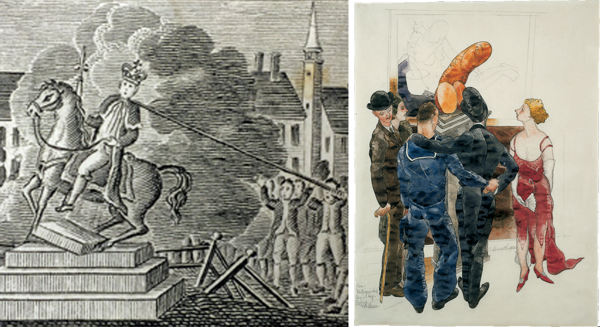Studies in American Art: Viewers and Publics in American Art

Participatory and community-based work are of great interest to contemporary artists, but attention to the viewer's response to-- or interaction with-- art has a long tradition in American culture. Recent controversies over public monuments have revived the discussion. The problems of who creates public art and who constitutes the audience or public for art are complicated yet essential in a democracy, and in a culture that lacks established institutions for the patronage and reception of art. Since the 18th century, American artists, publics, and entrepreneurs have proposed (and debated, and sometimes struggled over) various alternatives for defining the public as well as the relationship between viewers and art. This seminar offers an opportunity to study precedents and to read theoretical literature (Habermas, Kwon, Warner on counterpublics, concepts of affect and sentiment, relational aesthetics, etc.) that helps to articulate and analyze questions relating to the history of reception and perception in the United States.
Requirements: each student will lead part of a class discussion session and prepare a five-page response paper based on a portion of that week's readings and/or a related text. Each student will write a 15-page research paper, and make a 20-minute "conference talk" presentation based on some aspect of the research.
Field trip: I hope to schedule a visit to the Detroit Institute of Arts to view the permanent collection
Required Readings: Please try to purchase the following books: Richard Meyer, Outlaw Representation; Miwon Kwon, One Place After Another. All are available in paperback via Amazon, any edition is fine.
Also recommended for purchase if you can find a good price: Joan Saab, For the Millions
The bulk of the other readings will be posted online in the "Readings" folder of the "Resources" section in our class Ctools site